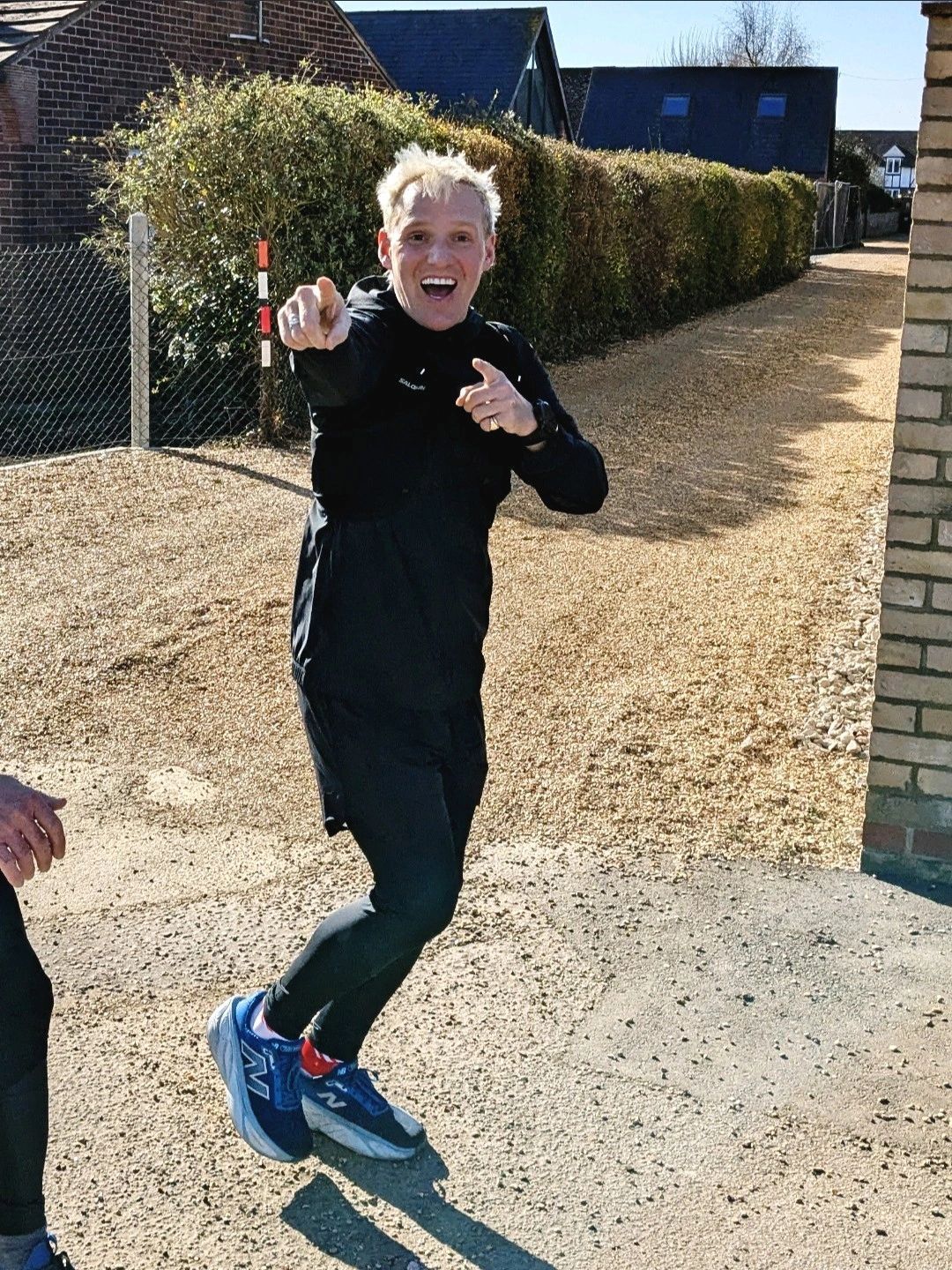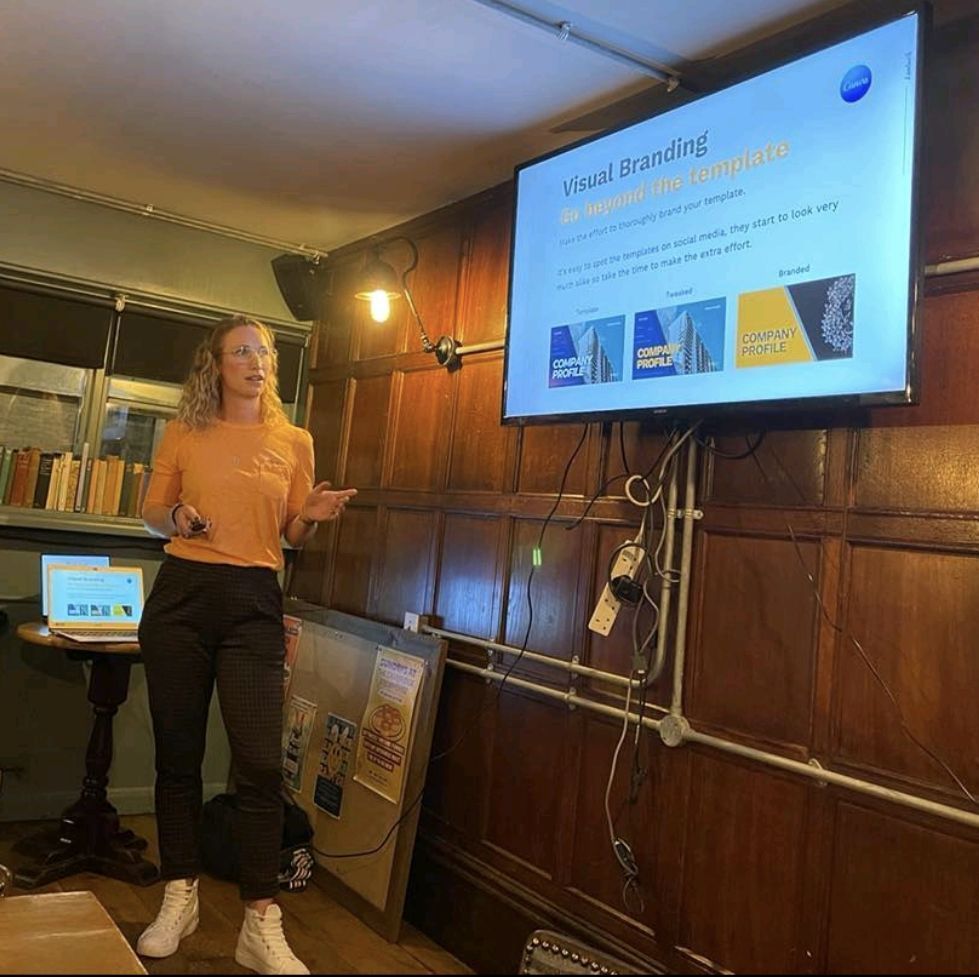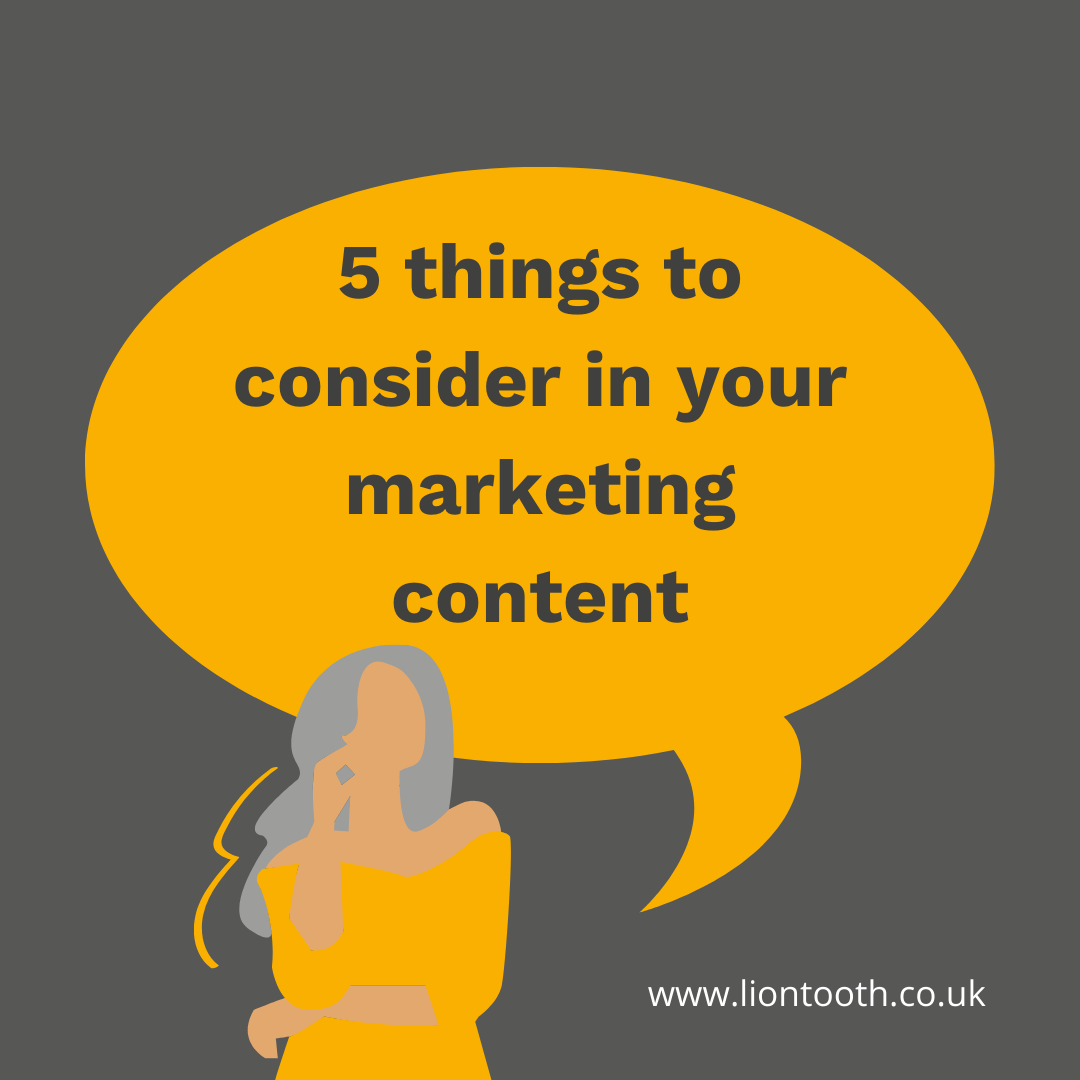Jargon isn't always appropriate
- By Lisa Ellison
- •
- 13 Feb, 2021
- •
There are times when it is and isn't fitting
According to the Cambridge Dictionary, the definition of jargon is as follows: "special words and phrases that are used by particular groups of people, especially in their work" (cambridgedictionary.com)
It’s tempting to use jargon to demonstrate your depth of specialist knowledge, especially if you’re not feeling too confident about your position in the business, your company’s position in the industry or you’re new to a role and you’re trying to prove yourself.
Using jargon can be a bit of a muscle flex in terms of ‘look how much I know – are you impressed?’
Who is your audience?
First of all, we really need to establish who your audience is because that’s a huge influencing factor. If your audience is internal or the same industry, some jargon might be ok but even within your organisation and industry, there will be people who don’t know what you’re talking about.
If you want to communicate something internally from the technical team to colleagues at all levels for example, consider whether everyone from the intern to the MD will understand your terminology.
If you’re going to use acronyms, help a colleague out and drop the full term in brackets at least once, to help them learn. In fact, this is just good practice and so should always be included.
If you’re targeting others within your industry, again, some jargon will probably be ok but consider whether it’s widely used and understood or unique to your organisation. Find out more about this and ‘hyper-local jargon’ towards the end of this post.

What’s
the problem with using jargon?
Jargon can be like finding a hair in your dinner, it’s off-putting and makes you question whether or not you should continue.
- Nine times out of ten, people don’t appreciate being shown up and made to feel intellectually inferior.
- Using jargon can make your content clunky, over-complicated and disengaging.
- Disengaging content results in lost sales. People will fall out of the sales funnel at the point that the information they’re trying to glean about a product or service is not flowing and easy to digest.
If you’re not sure whether you use too much jargon, pick 5 pieces of marketing material at random and hand them out to 5 people outside of your organisation and industry and ask them to have a read through. If they can get the whole way through without:
a) Having to Google a word or term
b) Having to ask someone else what something means
c) Having to re-read a sentence or paragraph three times to make sense of it
….you’re probably doing ok.
If the feedback involves any of the above, I would suggest your revise your existing blog posts, web content, brochures etc. and be more mindful when producing future content. You want your content to slip down like a good wine, with your audience keen to consume more of this appetising information.
The reason I suggest asking people outside of your organisation is that more often than not, organisations develop their own jargon or ‘hyper-local jargon’. How many acronyms do you hear banded about or how many times do you hear terms used where you know what it means in the context of your work but someone else would have no clue what you’re talking about?
It can be particularly hard to cut out all of the jargon if you work in a technical or scientific industry. It can be tedious and drawn-out, but it might be a case of going over it time and time again, breaking it down further and further until you can hand it to Bob on the street and him read through it, hand it back to you and say ‘yeah that makes sense’. Literally, it needs to be that simple.
In summary
- Sense-check your content with people within or outside of your industry, depending on your target audience.
- Be aware of hyper-local jargon and avoid it.
- Always include the full term at least once before using the acronym.
- Make your content as easy to consume as a good glass of wine, not a bony fish.


Jamie Laing - before you roll your eyes and scroll on, hear me out. (I know, the photo gave away my cliff hanger!) You may have been one of the 50,000+ people that saw my LinkedIn post last week, very much a throw away passing comment, essentially, to say I drove past Jamie Laing on my way home from the school run whilst he was on his fundraising mission for Children In Need.
I followed the story closely last week, quite hooked on his progress and whether or not he would make it. I'm not a celebrity-obsessed person and I rarely engage with anything celebrities do but last week was different and I'm sure I'm not the only one. I believe that many people didn't know he was even embarking on that challenge until last week - I didn't and I listen to Radio 1 daily! I also believe there's a lot of people that either don't know who Jamie Laing is or do know and don't particularly like him - we can't please everyone!
So, what was it about his fundraising effort that gripped the nation and led to him raising over £2m?! It's all about the story. And *this* is a great example of marketing done well - with an emphasis on storytelling and humanising your brand. His fundraising effort, backed by BBC Radio 1 coverage, provides a perfect case study on the power of storytelling in marketing. His journey emphasised his struggle, determination, vulnerability and honesty and that played a pivotal role in engaging the public emotionally and driving donations. If his personal narrative hadn’t been shared so openly, it’s unlikely that such a significant amount would have been raised.
This is something I've also experienced in fundraising efforts that I've been involved in and it makes all the difference but it takes strength to be vulnerable, and I'll always admire those who found the strength to tell their story (you know who you are 💛).
Here's what we can learn about the value of storytelling in marketing:
Emotional connection drives action : Jamie's story wasn't just about asking for donations; it was about sharing his personal experience and struggles throughout last week. People are more likely to connect with a cause when they can empathise with the storyteller. In marketing, emotional engagement creates a bond between the audience and the brand, making them more likely to engage.
Vulnerability builds trust : By being honest and vulnerable about his efforts and the challenges he faced, Jamie Laing built trust with the Radio 1 listeners. Vulnerability *humanises* a brand. In marketing, being transparent and acknowledging (and addressing!) flaws can enhance credibility and build a stronger, more authentic relationship with consumers.
Narrative creates value : Jamie Laing didn’t just promote an event, he shared a compelling and authentic story about his commitment. In marketing, your story can be the difference between blending in and standing out. Crafting a narrative around your brand or product creates meaning, making it more likely to stick in the minds of consumers.
Great - now how can you implement this in your marketing?
If you have ever worked with me, you'll have heard me going on about the importance of authenticity. This applies to everything from branding to customer service. If a brand is transparent about its processes, challenges and goals, customers are more likely to engage and support it.
Emotion drives engagement - whether it’s a product, service or cause, storytelling can create an emotional connection that compels action.
Consistent storytelling over time, where customers can see growth and commitment, helps keep them invested.
So basically, Jamie Laing’s Children In Need campaign demonstrated that storytelling - driven by vulnerability, determination and honesty, was the key to the level of success in his fundraising last week.
For marketers, it highlights that connecting with people on an emotional level, telling authentic stories and leveraging the right platforms can make all the difference in achieving success.
It can feel difficult to build emotion into corporate marketing but there's ALWAYS room to be human.
Does your brand feel a bit fuzzy? Let’s fix that.
The Define & Align Workshopis designed to bring clarity, structure and purpose to your brand- fast.

Sometimes I'll get a message to my inbox referencing my marketing agency
👀 God no! I'm
not an agency! No
. Sorry, no.
I'm a 1.5-person band. (The other half is my husband who's a silent partner, providing the incredible design skills). I don't want to be thought of as a marketing agency. For me it has connotations of frustration, waiting, chasing, and to be fair, more often than not incredible results but still.
I'm a no-nonsense , to the point communicator .
I like to be efficient and get stuff done and that includes getting results for my clients . I like the fact I'm basically flying solo with this, it's easy. It's straightforward. It's DONE.
Let me give you context and insight...
I have experience with agencies from BOTH sides - I've been the client AND the service provider. Honestly, I had challenges with both. See if anything sounds familiar:
From a client perspective , my biggest frustrations were always...
- The huge bill. Sorry guys, I always found it eye watering even though I wasn't paying!
- Not being able to get hold of my point of contact and waiting whilst others frantically ran around trying to get answers for me.
- I felt bad for (and frustrated about) the person playing piggy in the middle. I couldn't speak to Studio to get answers or explanations about design issues/challenges/restrictions. Information was often lost in transit.
As the service provider , (for me) these were my biggest frustrations...
- There too many systems and processes that got in the way of me just getting on and providing the level of service I wanted to.
- Too many other cogs in the wheel slowing down the process.
- Too many hoops to jump through and restrictions.






